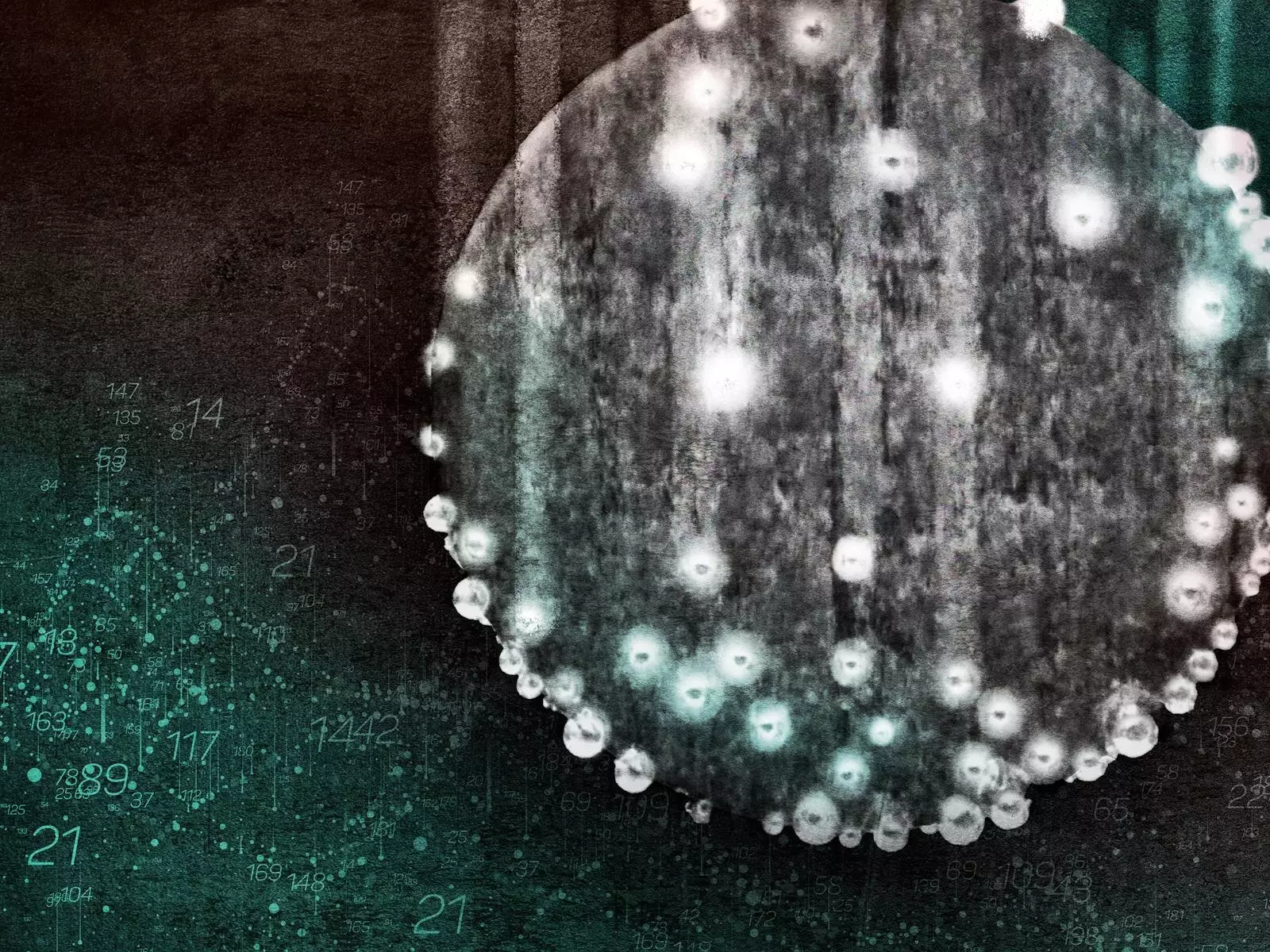As researchers continue to push the boundaries of metalworking with innovative techniques such as Shear Assisted Processing and Extrusion (ShAPE) and friction stir welding, the need to understand the performance and properties of resulting metals becomes paramount. Corrosion, a process that causes metals to degrade over time, presents a significant challenge in this field. Historically, measuring corrosion has been limited to a ‘cook-and-look’ approach, leaving researchers to speculate about how it progresses. However, recent advancements at Pacific Northwest National Laboratory (PNNL) offer new insights into corrosion processes.
Traditional methods of measuring corrosion, such as scanning vibratory electrode technique and scanning electrochemical cell microscopy, have their limitations, including the potential for skewed results. In response to these challenges, researchers at PNNL introduced a revolutionary approach known as multimodal corrosion analysis. By combining sensors, cameras, electrodes, and a hydrogen collection tube, this new technique allows researchers to observe corrosion in real-time, providing valuable insights into initiation sites and propagation mechanisms.
While macroscale techniques offer valuable insights into corrosion processes, a more detailed examination at the microscale is essential. Scientists at PNNL developed scanning electrochemical cell impedance microscopy to achieve higher resolution and reliability in corrosion analysis. This technique enables researchers to measure localized and time-dependent electrochemical properties with minimal interference, resulting in a comprehensive understanding of corrosion-prone surfaces.
Building on prior techniques such as scanning electrochemical cell microscopy, impedance spectroscopy was added to enhance the understanding of resistance changes in metals. This innovative approach has practical implications for materials science, particularly in the development of lightweight materials and joints for vehicle applications. By acquiring electrochemical responses from various microstructural features, researchers can design corrosion-resistant structural materials with improved performance.
The integration of advanced corrosion analysis techniques is crucial for the advancement of metalworking processes such as friction stir scribe bonding. Understanding the impact of novel joining methods on corrosion rates, as demonstrated in the case of magnesium and steel bonding, is essential for producing lightweight and durable vehicles. Through the application of new techniques, researchers can optimize material design and fabrication processes to enhance performance and durability.
The future of metalworking hinges on a deep understanding of corrosion processes and the development of advanced techniques for analyzing and mitigating degradation. By leveraging cutting-edge methods like multimodal corrosion analysis and scanning electrochemical cell impedance microscopy, researchers can unlock new insights into the behavior of metals and make significant advancements in the field of materials science.


Leave a Reply